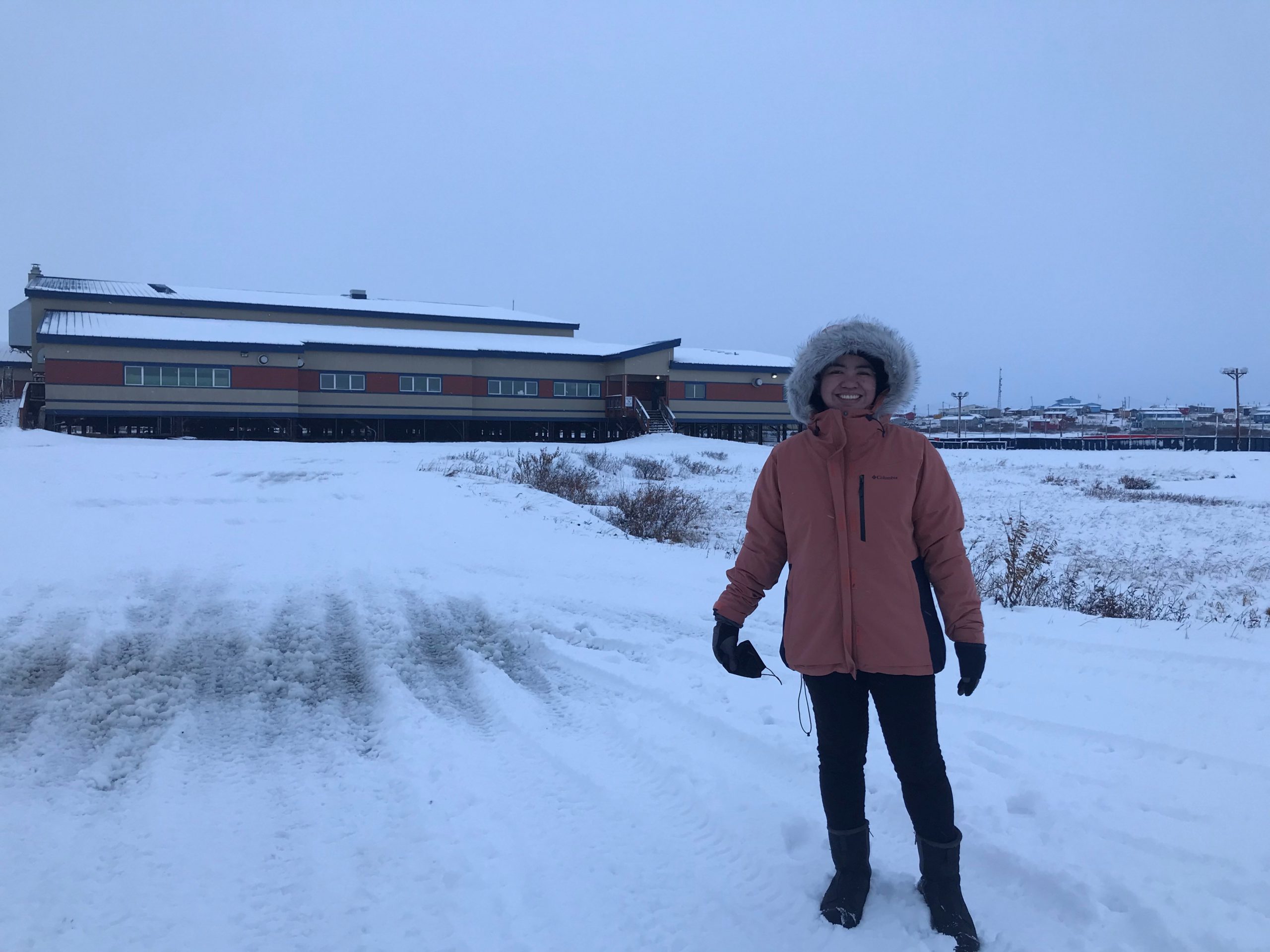Greenheart Exchange loves to hear from our Teach USA Program participants and how their time teaching in the USA is going. In honor of American Indian and Alaska Native Heritage Month, we asked one of our Teachers to tell us about her experiences in Western Alaska. Sheila May, one of our Teach USA teachers from the Philippines, is in an Alaska Native community, surrounded by tundra.
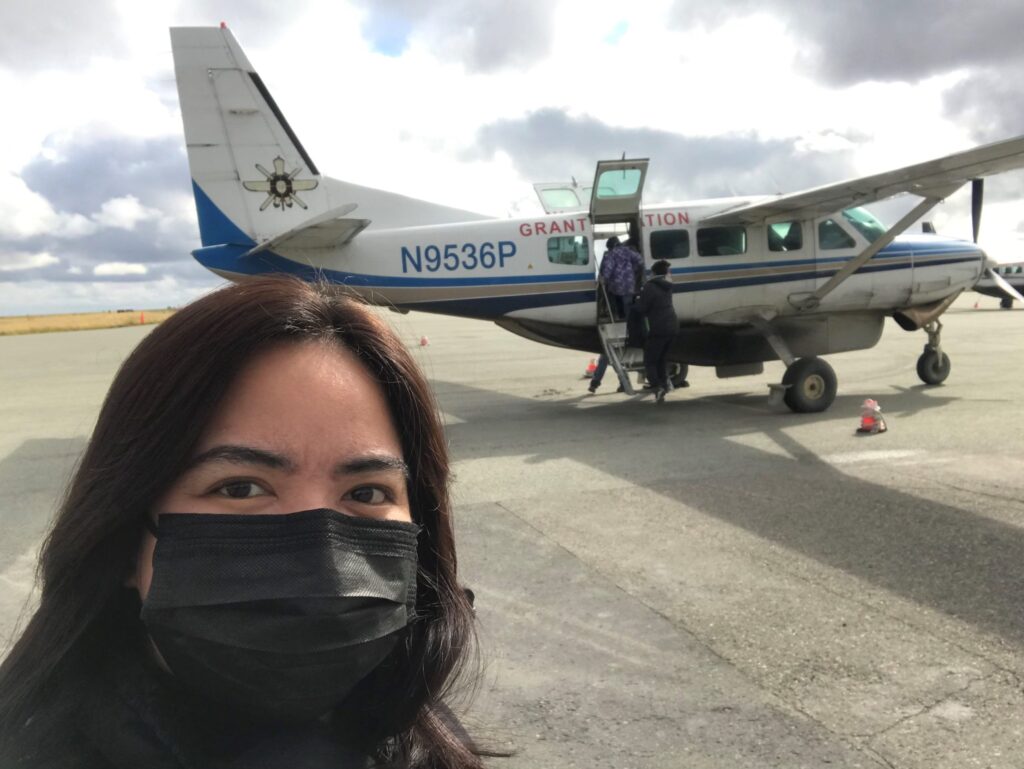
Tell us about the community where you are teaching.
The community I am placed in is a welcoming community. It is composed of more than a thousand people who are kind, friendly and understanding. The people hunt for moose, seal, and they fish by making holes in the ice during winter time.

What is a normal day like?
I usually go to school before 8 o’clock in the morning. Eight o’clock is still so dark in the Alaska village. It has very cold weather especially when there is a strong wind. I usually wear a base layer in coming to school since the weather is very unpredictable especially during the winter season.
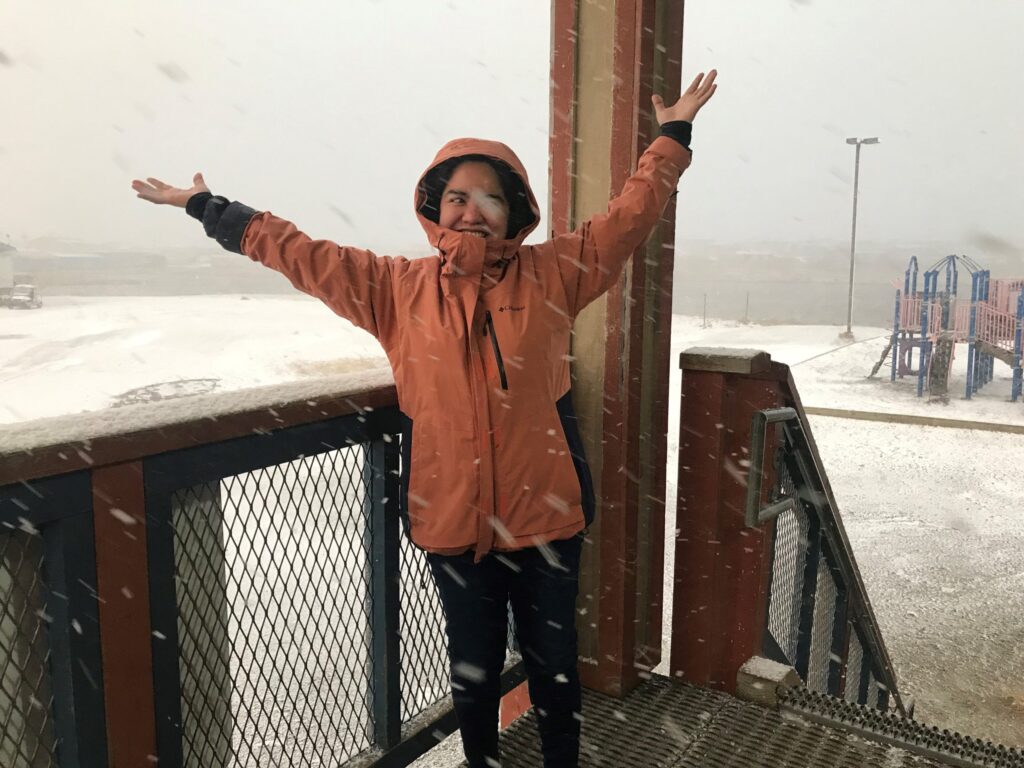
What is your favorite part about teaching in your school?
My favorite part about teaching in the school is when we integrate our lessons to the native community where the children are able to share their experiences about their culture. During this integration, the students are excited to share what they know and what they have experienced.
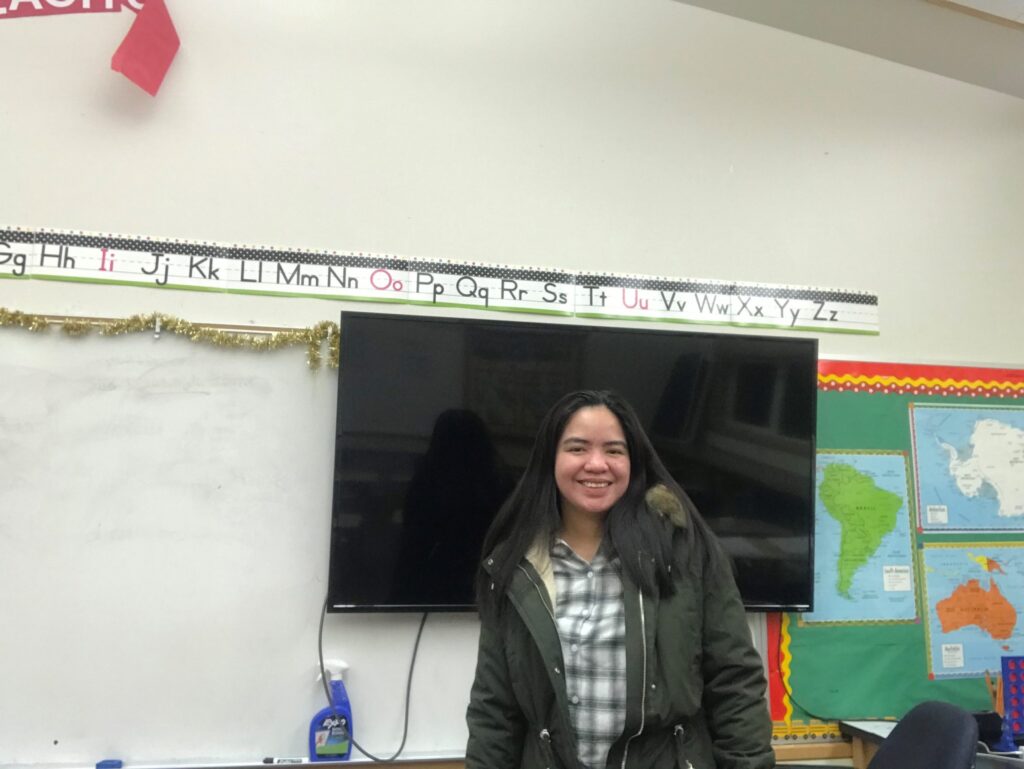
What has been the hardest thing about teaching?
The hardest thing about teaching in my school is dealing with the attitude of some children. As a teacher, I need to strike a balance, extending my patience. More patience and understanding is necessary for those children who have disturbing behaviors. Teaching in the village entails more work in making the lessons to match the students’ academic levels.
Have you had any culture shock? What happened and how did you deal with it?
The village is quite different from my country! But it is good that I did not experience much culture shock since I researched about the culture of the community before I came to the village. The culture shock that I did experience is when there is no greeting routine in the morning or formal farewell in the afternoon. The informality of students is very different than what teachers experience in the Philippines.
Why do you think this kind of cultural exchange program is important?
This kind of cultural exchange program is significant because it is a way of letting the students and the native Americans learn the culture of the Eastern part of the world. Having the cultural exchange program lets the teachers and students learn from each other through first-hand experiences, and to share the thoughts and ideas of the people.
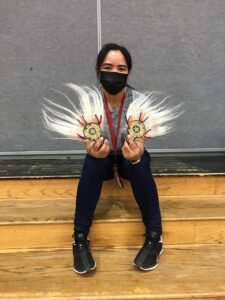
If you had to advise someone new about teaching in this community or in the USA, what advice would you give him/her?
“Brace yourself!” would be a great advice to anyone who plans to be in any exchange program. First, it means leaving your comfort zone. Everything will be new and one may experience all the “first times” like the ones I had. Those first-time moments may be happy ones or challenging ones. Bracing yourself is about embracing the reality that no matter what it takes, one shall have the determination to overcome all the conundrums you’ll face.
Thank you to Sheila May Paraggua from the Philippines for sharing her story!
Greenheart’s Teach USA program brings international teachers to the USA for 1-5 years to promote cultural exchange. Participating teachers are placed in K-12 host school and teach a range of subjects. During their program, teachers can expect to sharpen their professional skills and take part in cross-cultural activities within their schools and communities.
